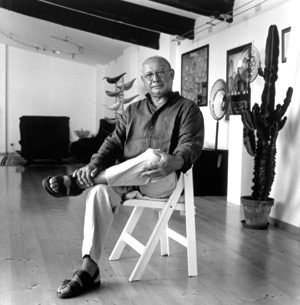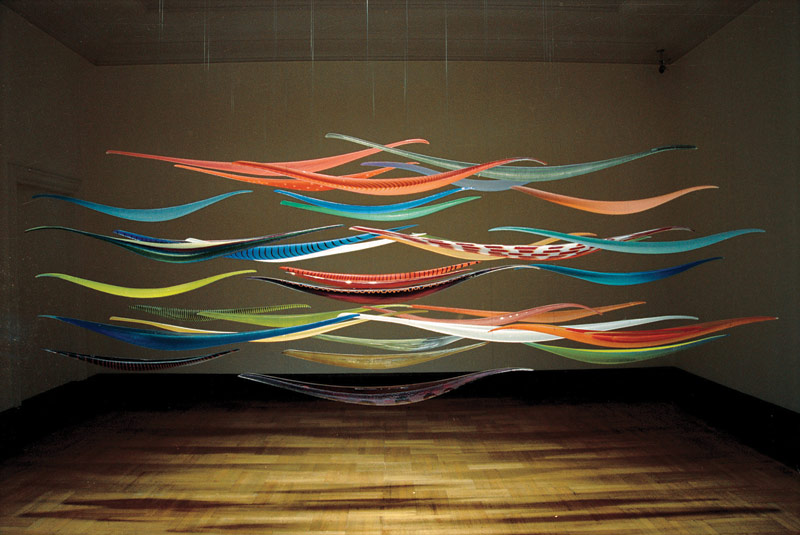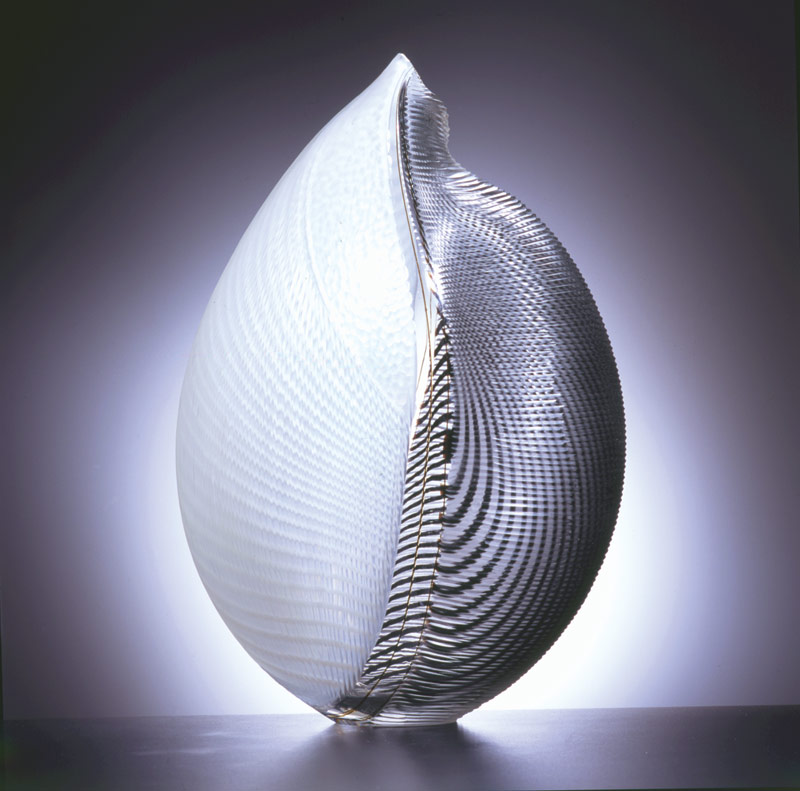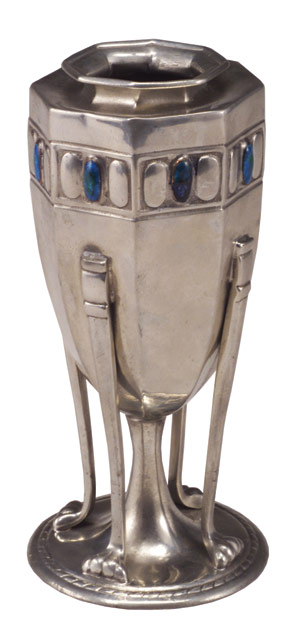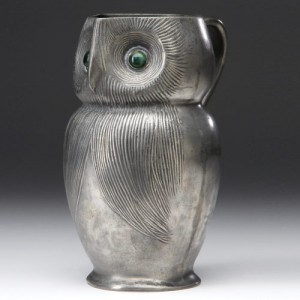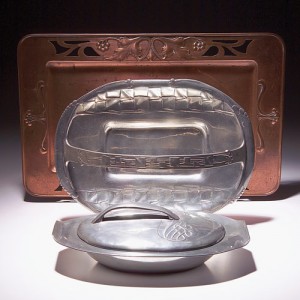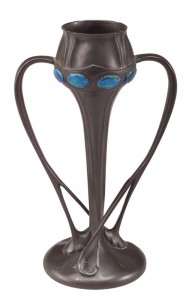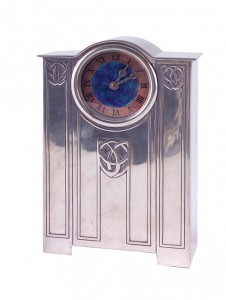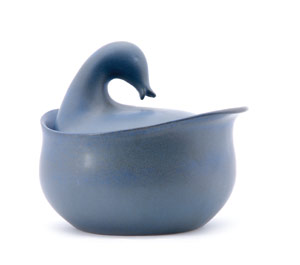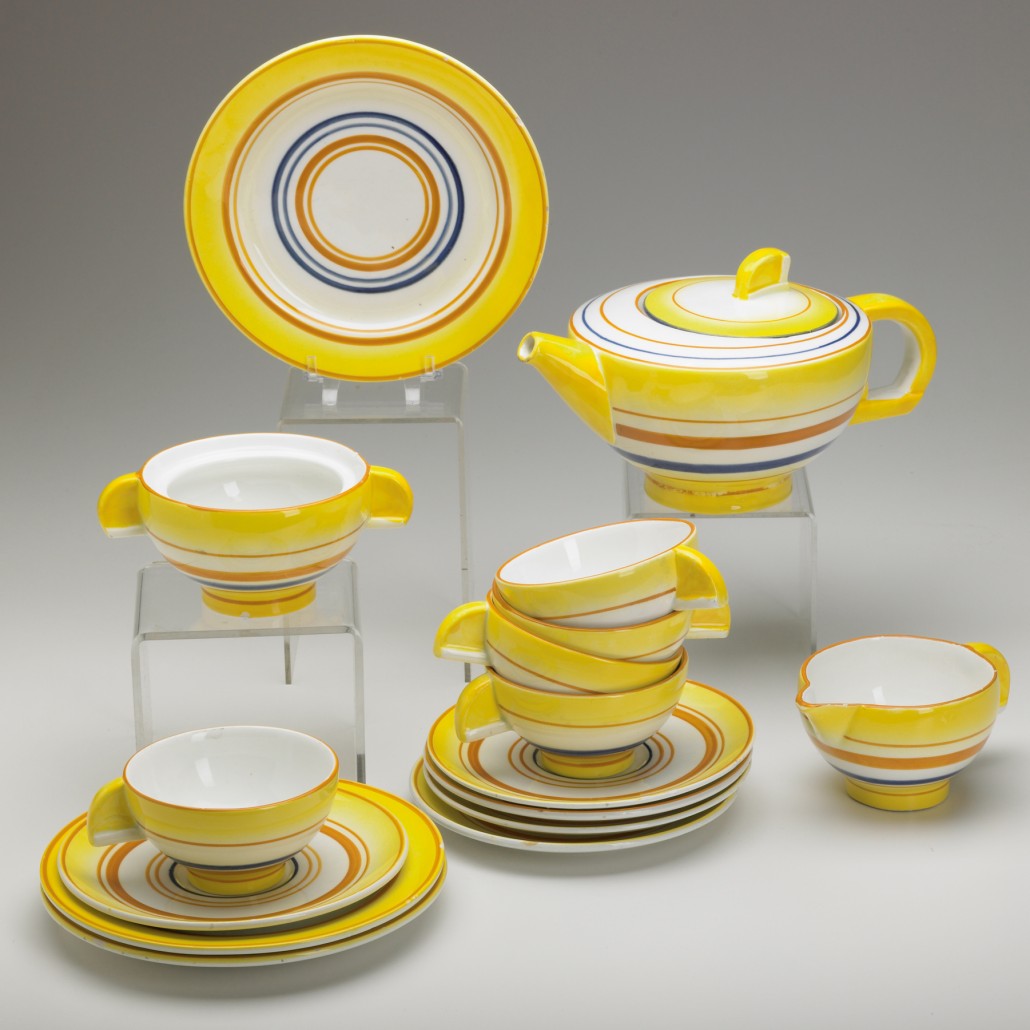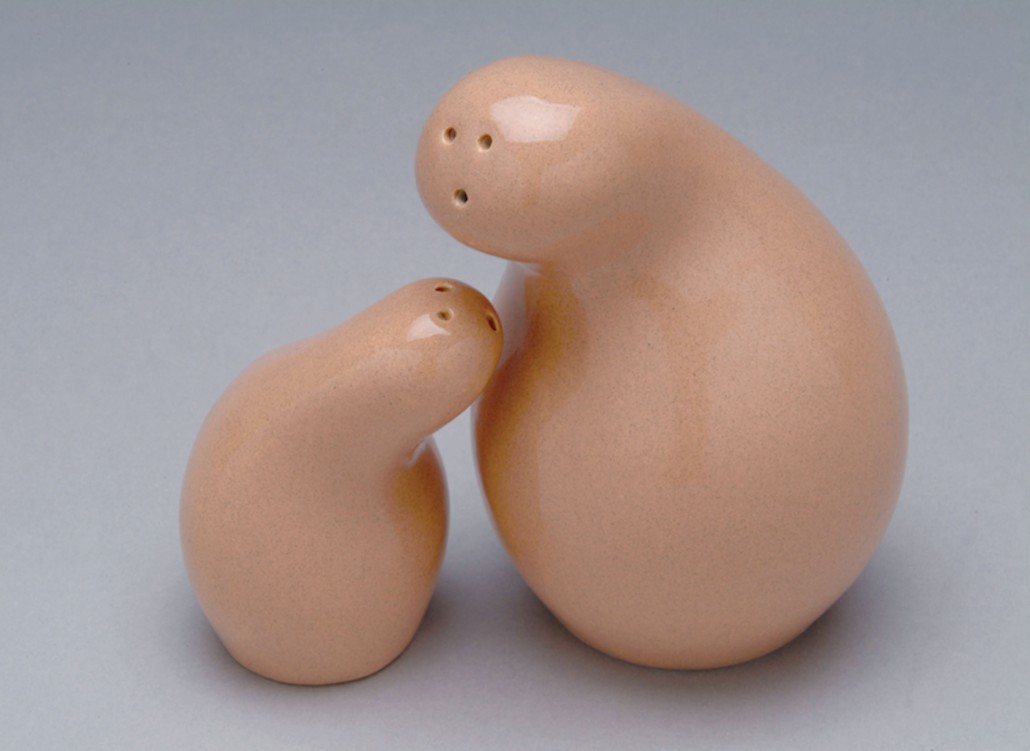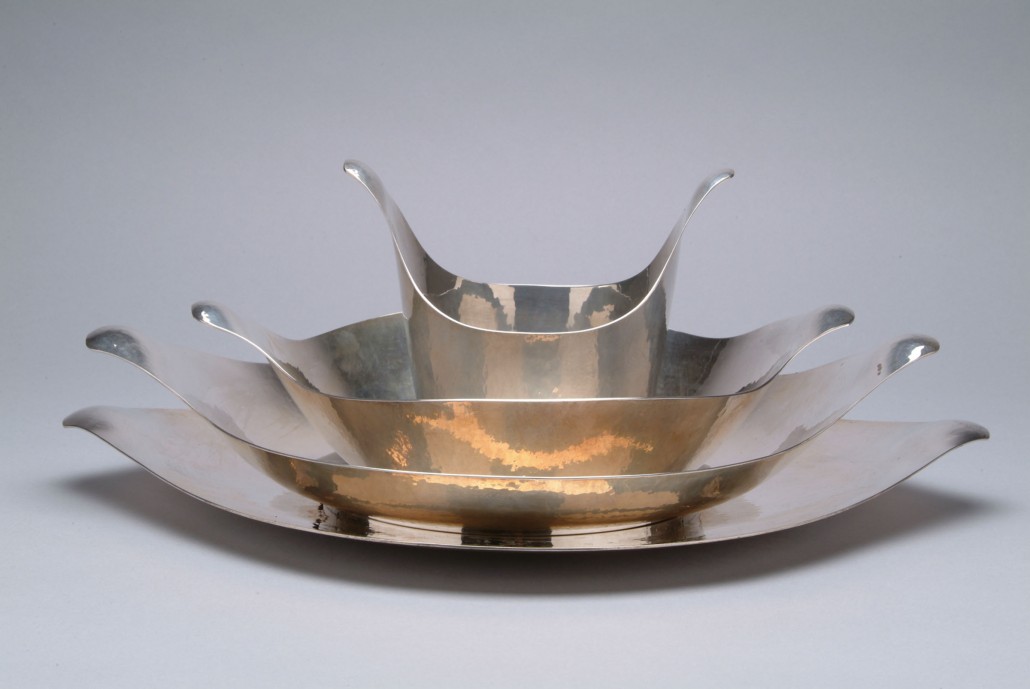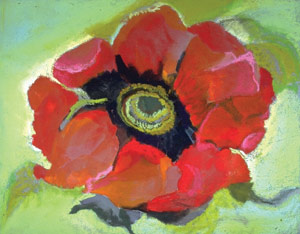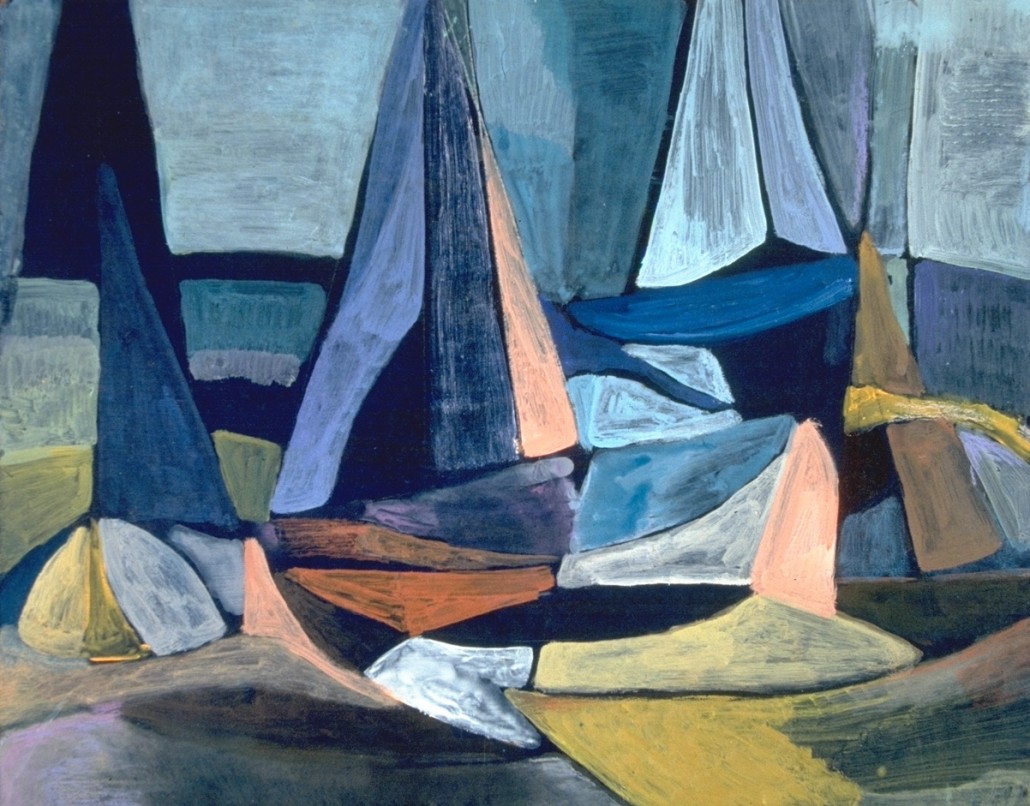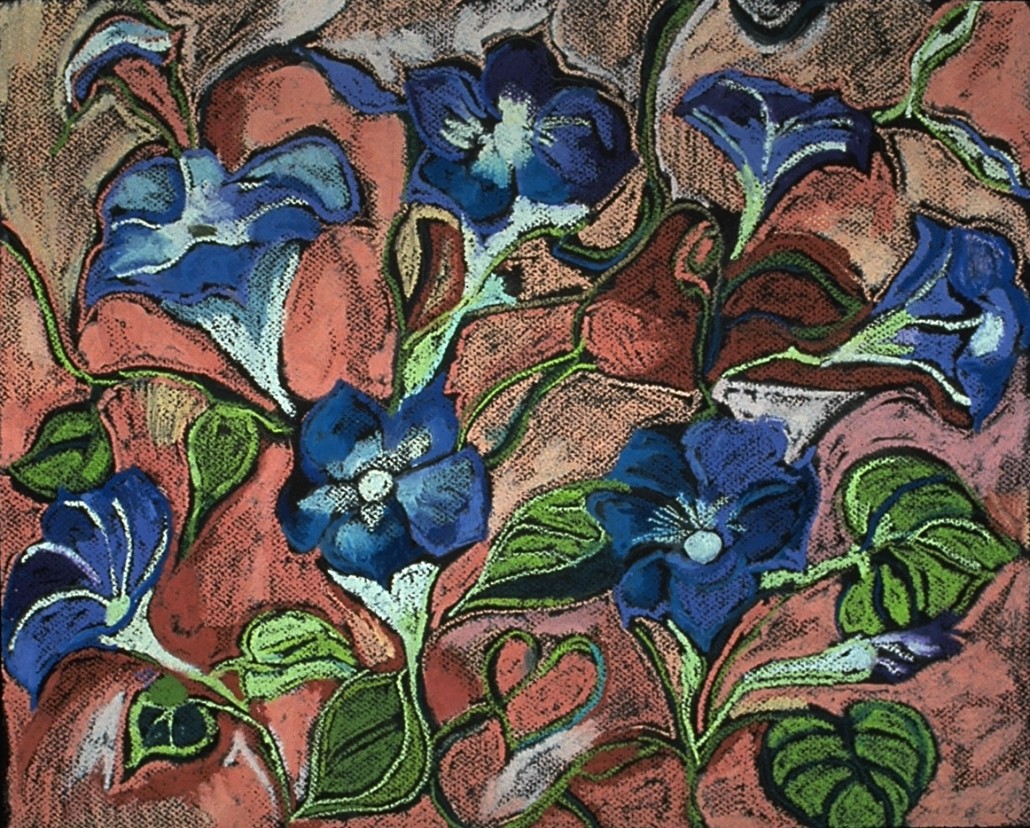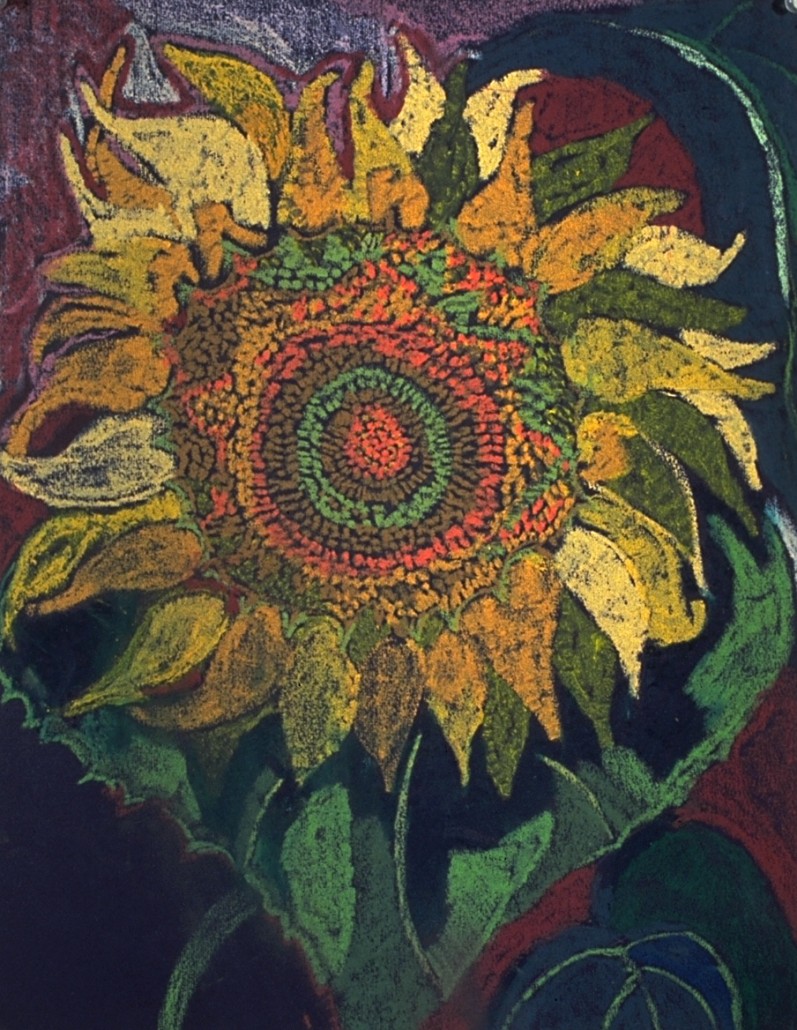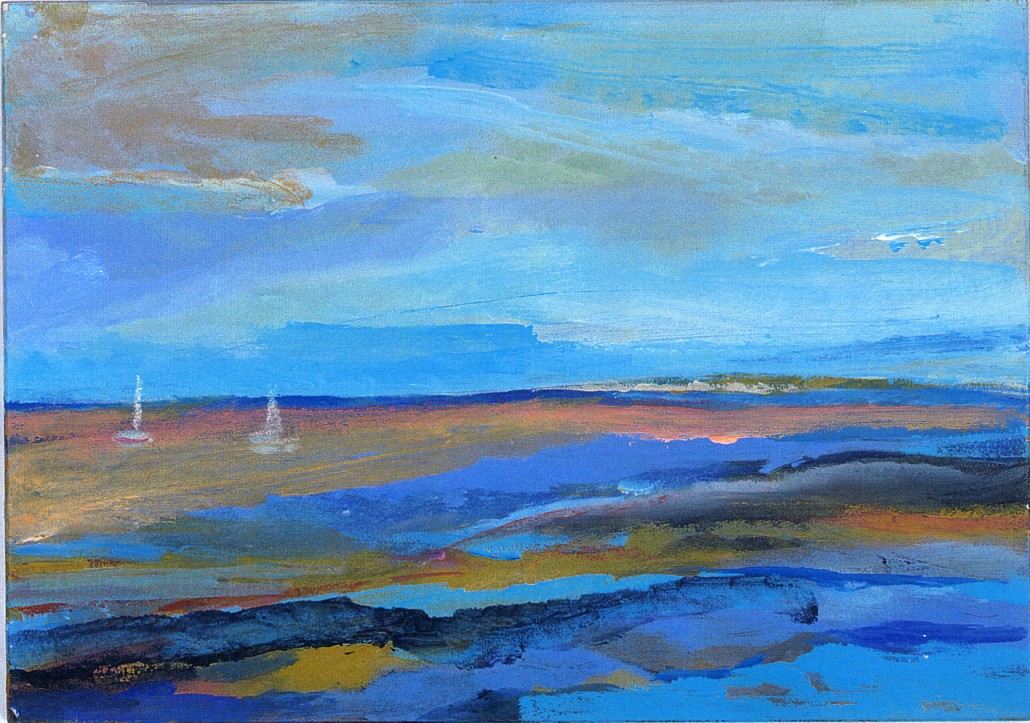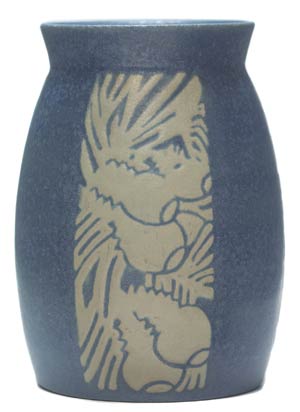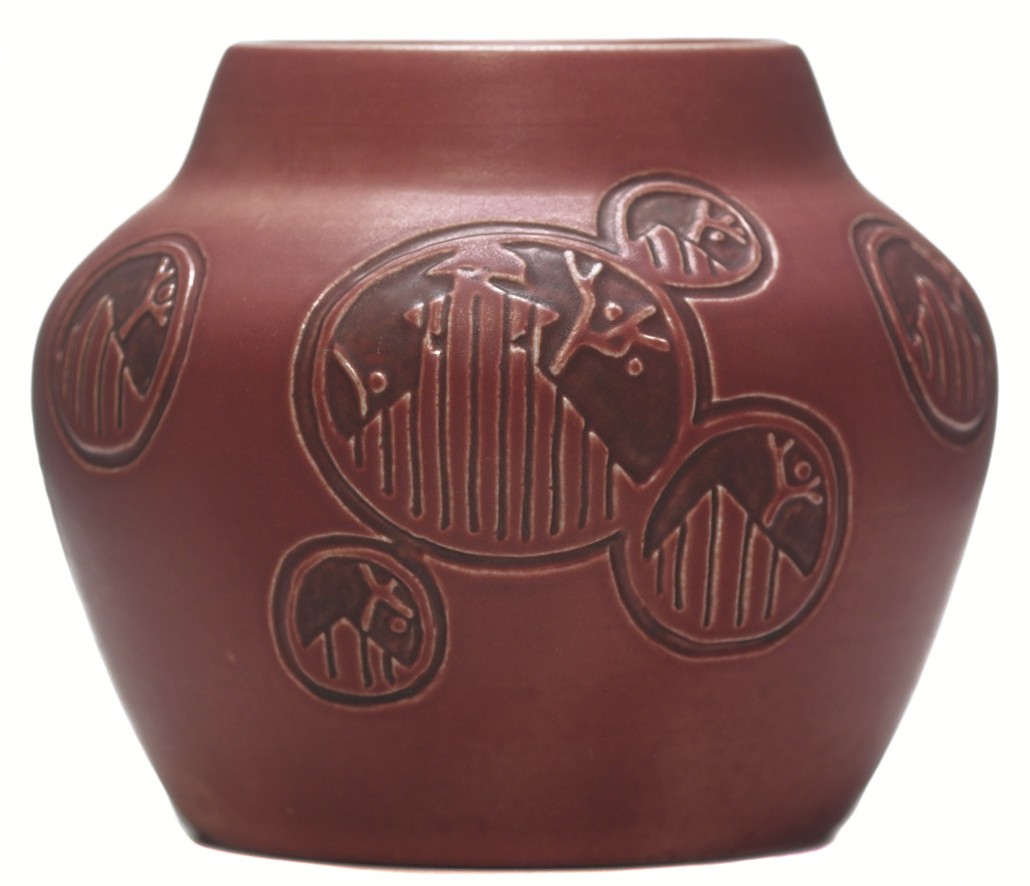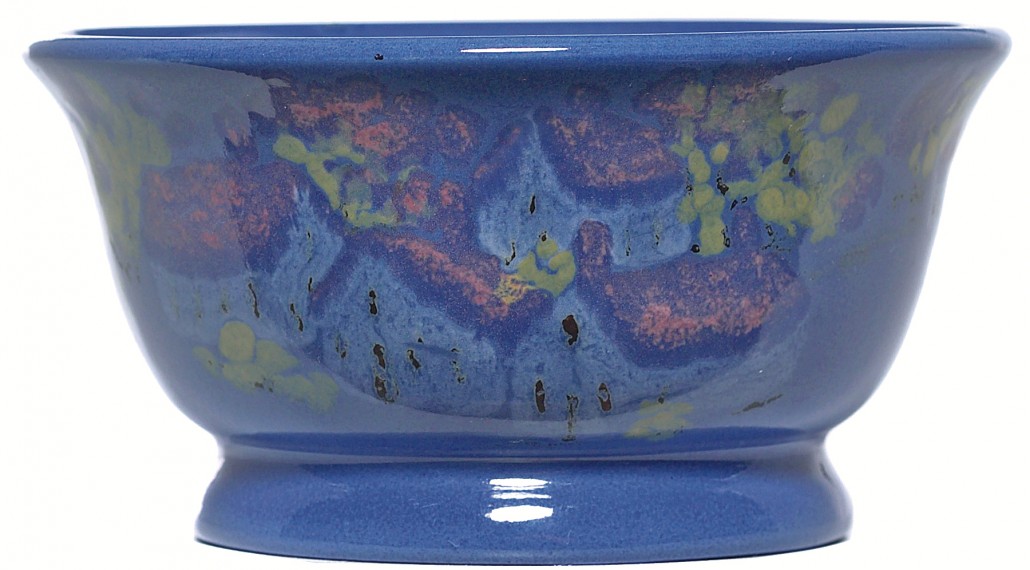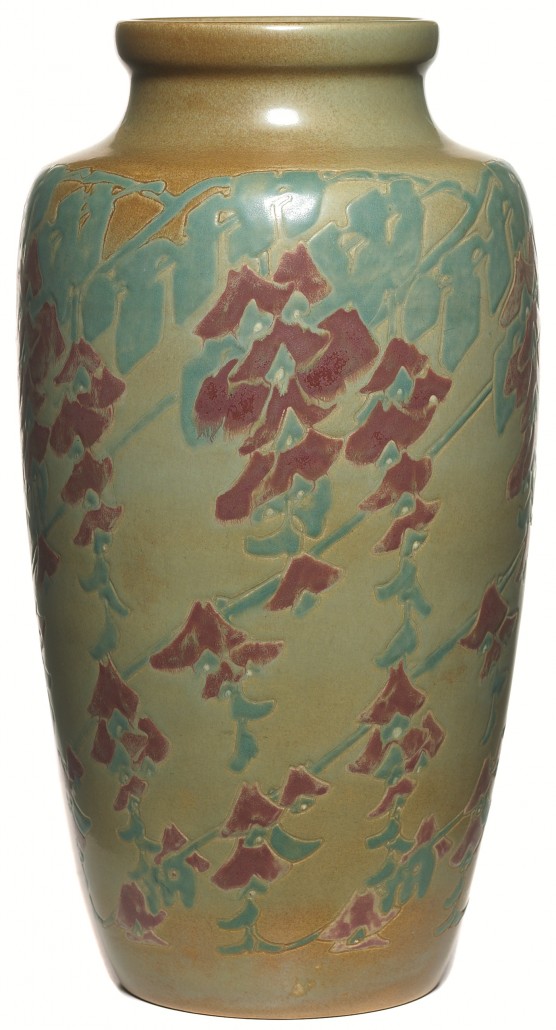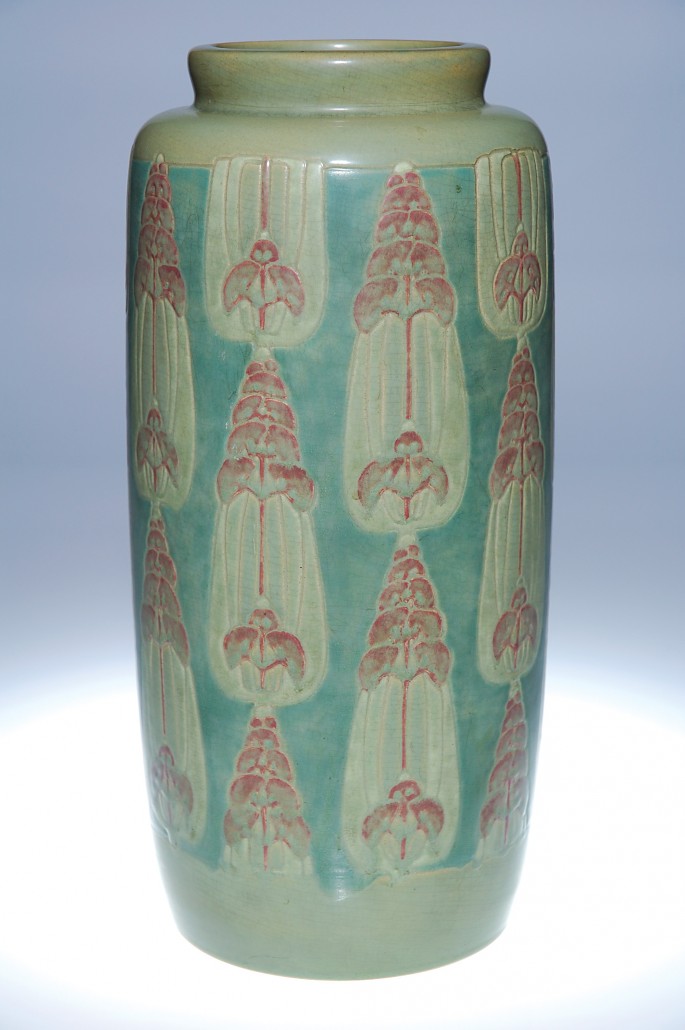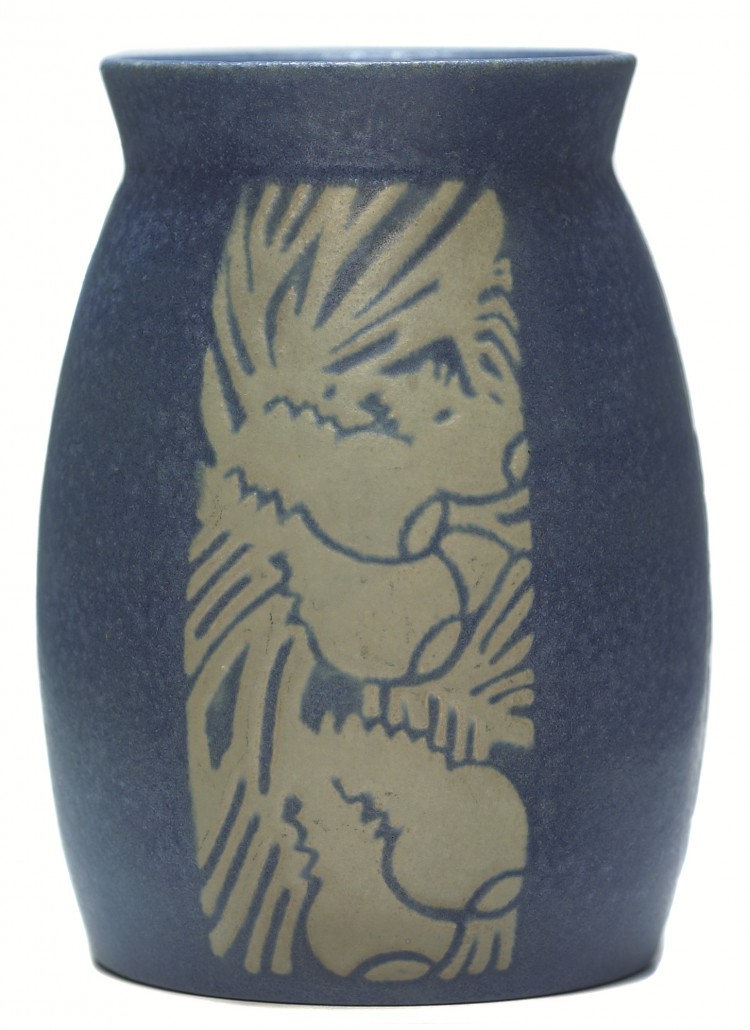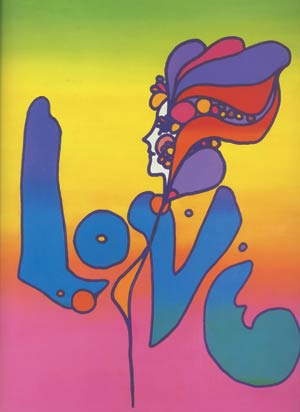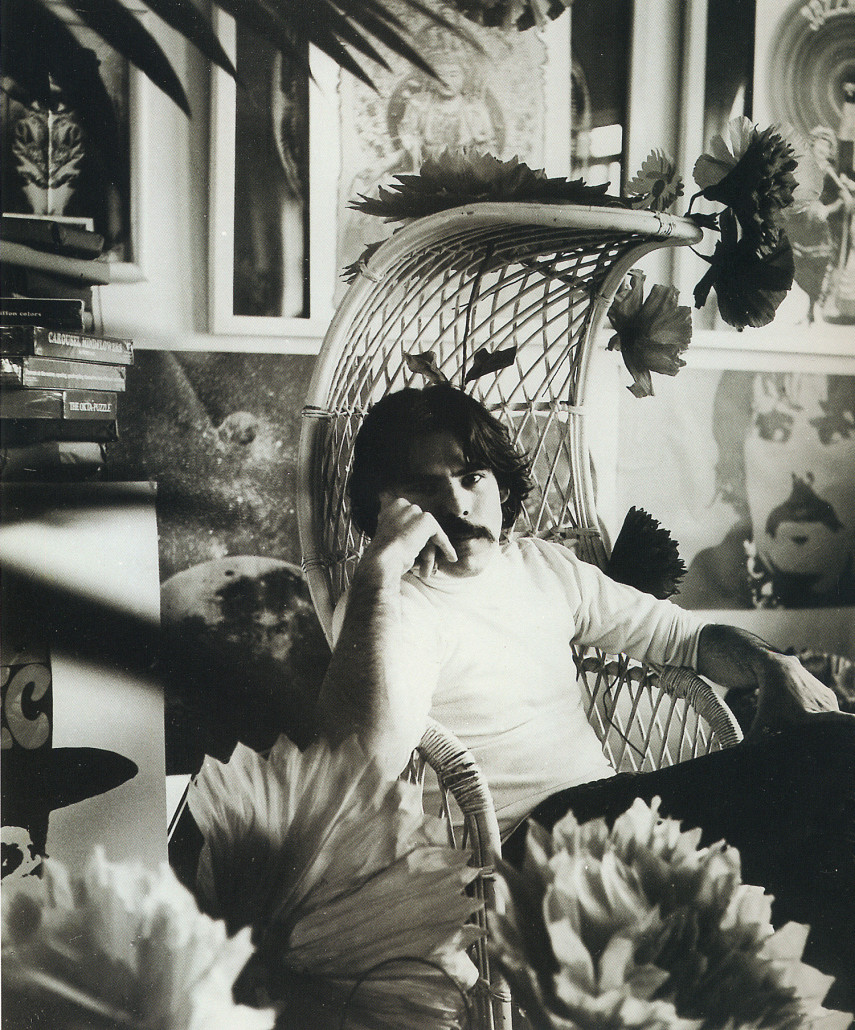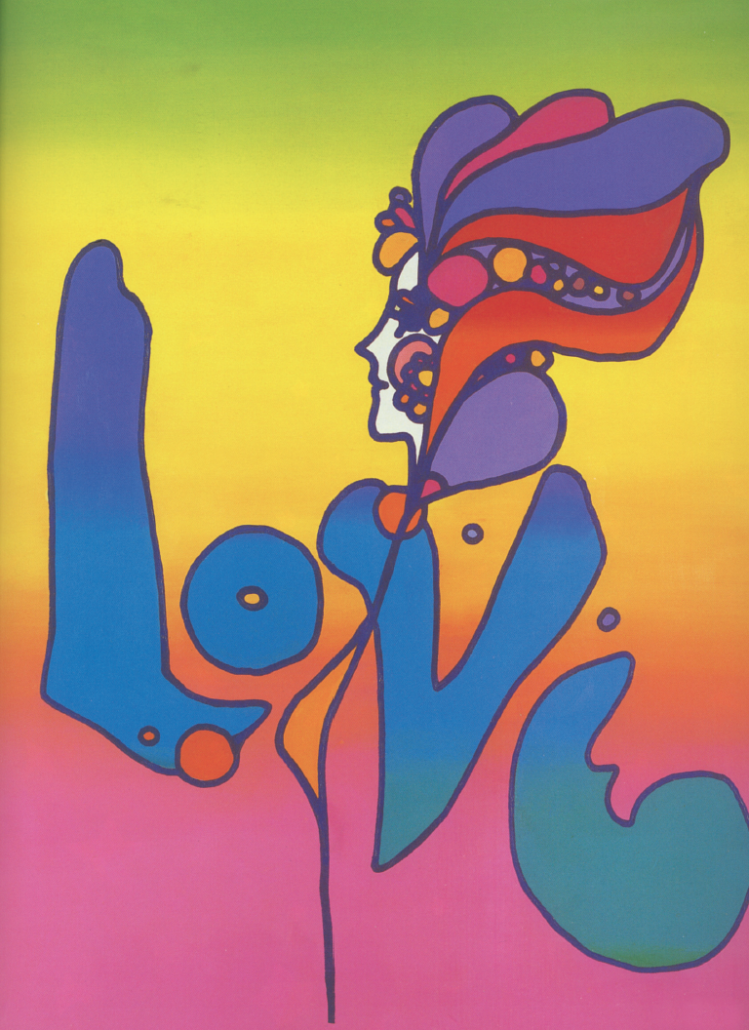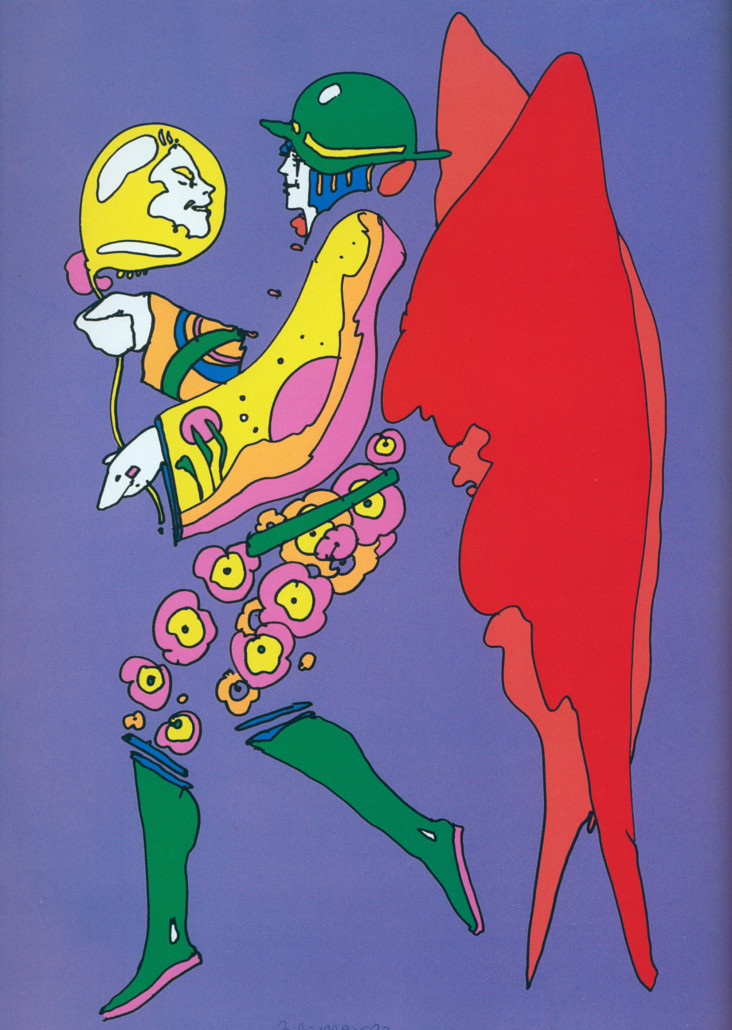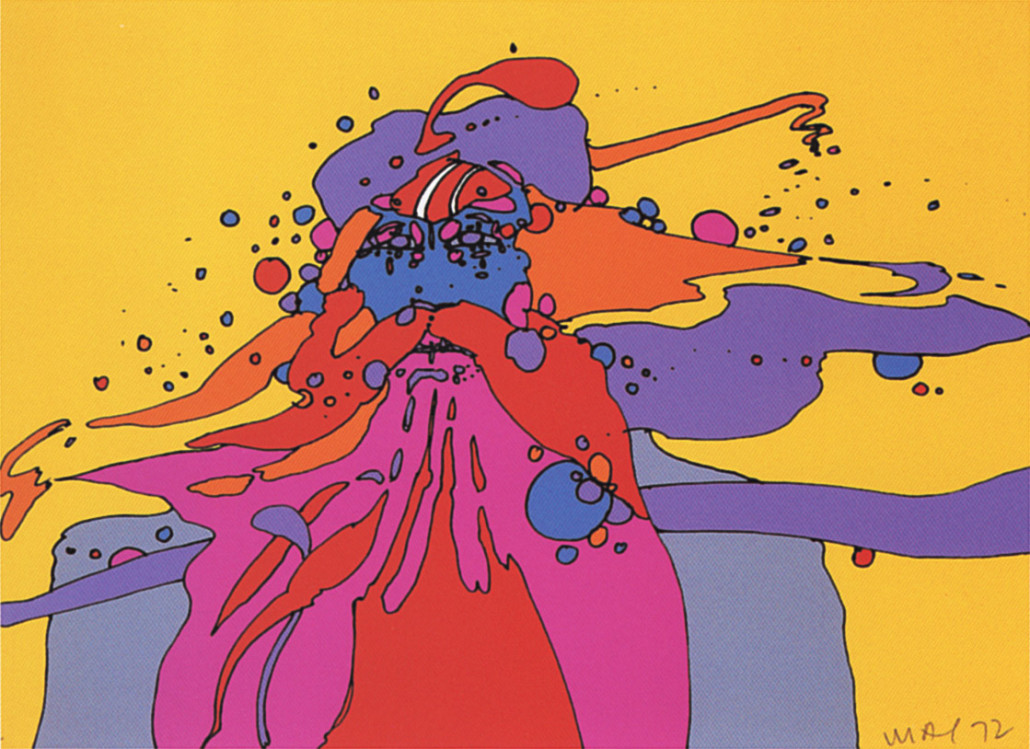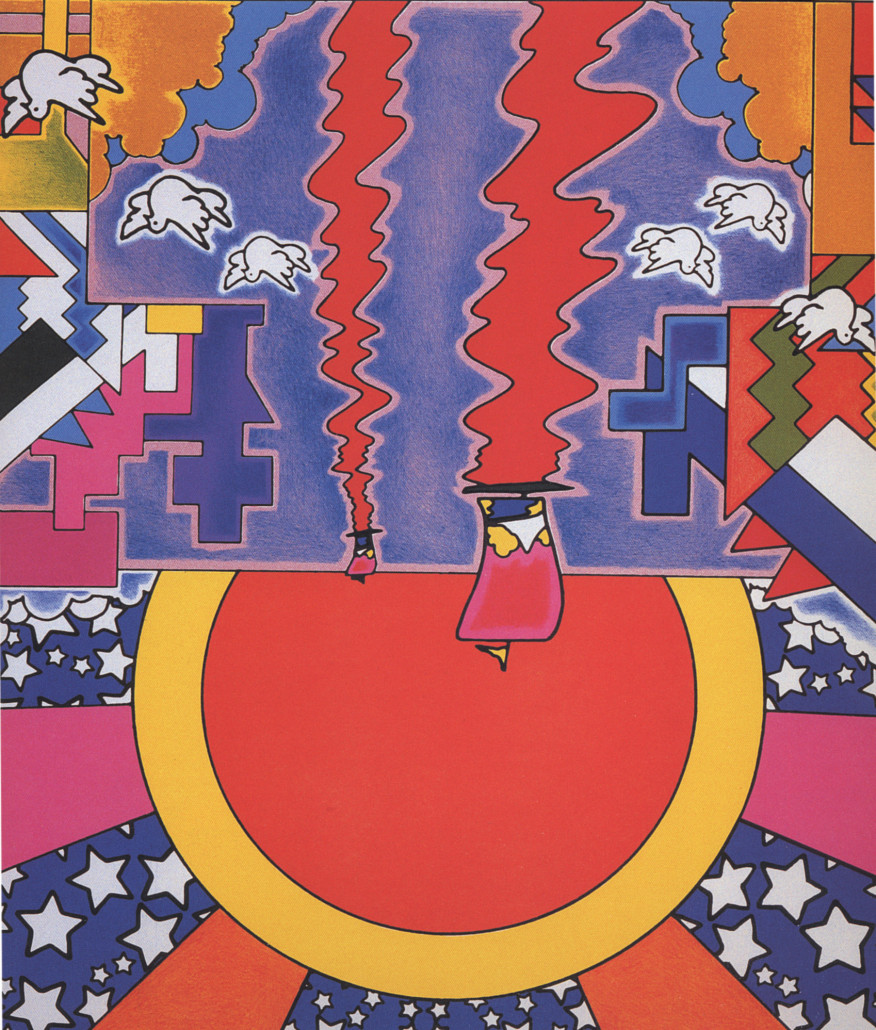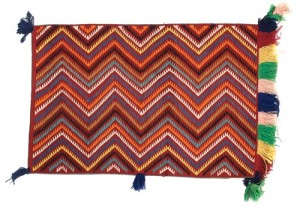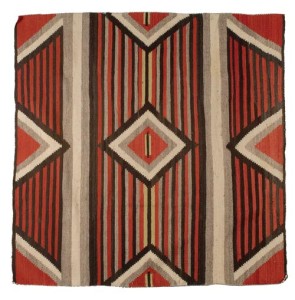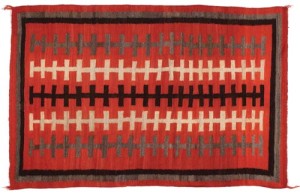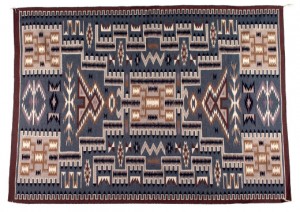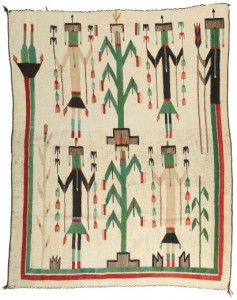[av_slideshow_full size=’no scaling’ stretch=” animation=’fade’ autoplay=’false’ interval=’5′ control_layout=’av-control-default’ src=” attachment=” attachment_size=” position=’top left’ repeat=’no-repeat’ attach=’scroll’]
[av_slide_full slide_type=’image’ id=’60583′ video=” mobile_image=” video_format=” video_ratio=” title=’Matko Peckay Furniture’ custom_title_size=’48’ custom_content_size=’20’ caption_pos=’caption_center’ link_apply=” link=’lightbox’ link_target=” button_label=” button_color=’light’ link1=’manually,http://’ link_target1=” button_label2=” button_color2=’light’ link2=’manually,http://’ link_target2=” font_color=’custom’ custom_title=’#ffffff’ custom_content=’#020202′ overlay_enable=’aviaTBaviaTBoverlay_enable’ overlay_opacity=’0.1′ overlay_color=’#444444′ overlay_pattern=” overlay_custom_pattern=”]
BY NATASHA THOMSEN
[/av_slide_full]
[/av_slideshow_full]
[av_textblock size=” font_color=’custom’ color=’#ffffff’]
Chair in maple. Anja Hinrichsen photo.
[/av_textblock]
[av_section min_height=” min_height_px=’500px’ padding=’default’ shadow=’no-border-styling’ bottom_border=’no-border-styling’ id=” color=’main_color’ custom_bg=’#f2f2f2′ src=” attachment=” attachment_size=” attach=’scroll’ position=’top left’ repeat=’no-repeat’ video=” video_ratio=’16:9′ overlay_opacity=’0.5′ overlay_color=” overlay_pattern=” overlay_custom_pattern=”]
[av_one_full first min_height=” vertical_alignment=’av-align-top’ space=” margin=’0px’ margin_sync=’true’ padding=’10px,20px,10px,20px’ border=’1′ border_color=’#eaeaea’ radius=’0px’ radius_sync=’true’ background_color=’#ffffff’ src=” attachment=” attachment_size=” background_position=’top left’ background_repeat=’no-repeat’]
[av_hr class=’invisible’ height=’30’ shadow=’no-shadow’ position=’center’ custom_border=’av-border-thin’ custom_width=’50px’ custom_border_color=” custom_margin_top=’30px’ custom_margin_bottom=’30px’ icon_select=’yes’ custom_icon_color=” icon=’ue808′ font=’entypo-fontello’]
[av_textblock size=” font_color=” color=”]
To Matko Peckay, wood causes a contagious feeling that leads to a work of art or something functional, often both.
[/av_textblock]
[av_hr class=’invisible’ height=’30’ shadow=’no-shadow’ position=’center’ custom_border=’av-border-thin’ custom_width=’50px’ custom_border_color=” custom_margin_top=’30px’ custom_margin_bottom=’30px’ icon_select=’yes’ custom_icon_color=” icon=’ue808′ font=’entypo-fontello’]
[av_textblock size=’16’ font_color=’custom’ color=’#686868′]
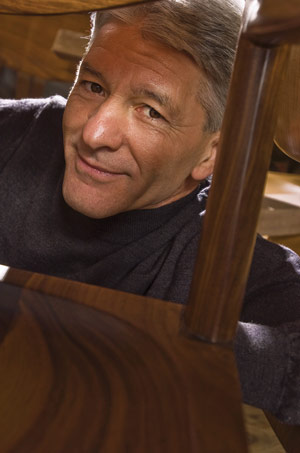
The 58-year-old Slovenian has been creating hand-carved armchairs, rocking chairs, loveseats and tables out of hardwood on and off for over 14 years, turning what is initially thought of as functional into a passionately embedded art form.
A year after moving to New York City in 1997, Peckay and his wife, Jeannette Gerber, settled 35 miles north on a 1-acre property in Westchester County’s Ossining, N.Y. While he pursues his passion one day at a time in his workshop, his wife now has a successful business as a tutor for standardized-test preparation. Taking breaks only to renovate their 125-year-old home and landscape their garden, his mind is on design and creating a new piece ever year.
“I’m stepping back and preparing myself,” said Peckay, in his thick Slovenian accent. Spurred on by an unstoppable urge to work with his hands, he bears no particular message other than the love of what he does and finding the harmony between what he feels and makes a piece “right.”
“We, as people, are different and see things differently. Otherwise, it all would be pretty boring,” he says. Accepting those different approaches means allowing a “live and let live” within woodworking, and yet he has to stay within the limits of what can be done with furniture. “I’m learning to stay open and go through a process.”
Selecting the wood lays the foundation for everything that follows. “The challenge is in finding wood where the grain works, inside as well as outside.” There is also the interplay of thickness and width, which determines which woods are more flexible. Peckay culls through local lumberyards for hardwoods – beech, curly and spotted maple and black walnut among them. He’ll even go to remote warehouses to select the appropriate kiln-dried woods with the straightest grain. He now sparingly uses Swiss pear, which is expensive in the United States.
Born in Ljubljana, Slovenia, formerly Yugoslavia, Matko Peckay made mahogany sailing boats as a young man. He became interested in design while studying mechanical engineering at the Stojna Tehnicna Sola. Following a trip to Scandinavia in the mid-1970s, he began exploring the elegant curves and lines of now-classic Scandinavian furniture designs. His personal mission: to create chairs and tables that are unique, but true to the wood’s nature.
After moving with Jeannette to California in 1983, Peckay pursued his creative path working as a carpenter and artist’s assistant while taking classes in drawing and watercolor at the Academy of Art University, formerly the San Francisco Academy of Art. Being the primary wage earner for the couple at the time, he couldn’t accept the full-time scholarship offered to him.
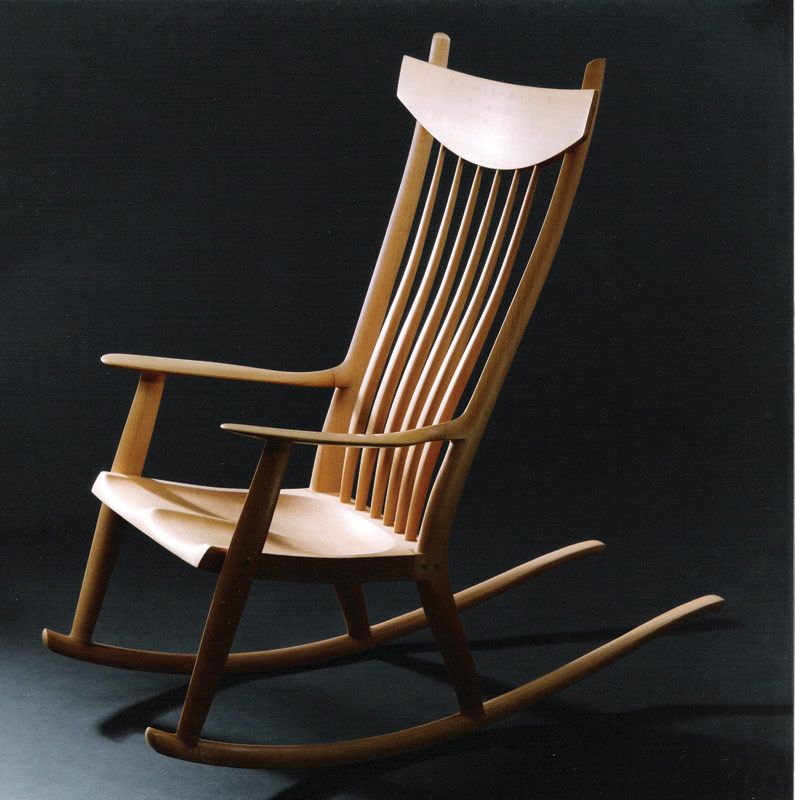
Peckay’s self-taught journey as an artist and woodworker largely mirrors, and was profoundly enhanced by, that of renowned Californian contemporary furniture craftsman Sam Maloof. Of Lebanese descent and known for his signature chairs and trademark rocker, Maloof’s work embodied the modern Danish/Scandinavian lines that Peckay relished. “When I saw Maloof’s work, knew I wanted to make this type of furniture.” To achieve this, he had to hone his drawing skills and took a pencil and charcoal class at the university.
Returning to his wife’s native Switzerland in 1990, Peckay received his first commission in a small village in the outskirts of Zurich, where he worked as a carpenter and leased a loft space in an industrial building occupied by artists and tradesmen. At first, it started out as a barter agreement with a potter for a 10-foot, narrow dining room table in maple. By 1996, the same potter ordered a custom-made double-sided desk. Using his connections with cabinetmaking, Peckay launched himself as a woodworker. He went on to make his first love seat and armchair, followed by a rocking chair and dining room table.
[/av_textblock]
[av_hr class=’invisible’ height=’50’ shadow=’no-shadow’ position=’center’ custom_border=’av-border-thin’ custom_width=’50px’ custom_border_color=” custom_margin_top=’30px’ custom_margin_bottom=’30px’ icon_select=’yes’ custom_icon_color=” icon=’ue808′ font=’entypo-fontello’]
[av_heading heading='”Peckay takes rough-cut wood and selects what will work with the different parts of a chair. He’s familiar enough with the woods to know what colors – from light to reddish brown, or even purple brown – they will produce.”‘ tag=’h3′ style=’blockquote classic-quote’ size=’44’ subheading_active=” subheading_size=’15’ padding=’10’ color=’custom-color-heading’ custom_font=’#020202′][/av_heading]
[av_hr class=’invisible’ height=’50’ shadow=’no-shadow’ position=’center’ custom_border=’av-border-thin’ custom_width=’50px’ custom_border_color=” custom_margin_top=’30px’ custom_margin_bottom=’30px’ icon_select=’yes’ custom_icon_color=” icon=’ue808′ font=’entypo-fontello’]
[av_textblock size=’16’ font_color=’custom’ color=’#686868′]
“Chairs are my passion,” he declares. He also has a yen for rockers with long wings and curved backs. A serendipitous encounter with the elderly Sam Maloof in 2001 at the Renwick gallery in Washington, D.C., led to a one-day workshop at the master’s studio in Alta Loma, Calif. Peckay was captivated by how even an armrest shaped out of solid wood respected the flow of lines. “I could see 60 years of experience at the core of his designs.”
Peckay takes the rough-cut wood and selects what will work with the different parts of a chair. He’s familiar enough with the woods to know what colors – from light to reddish brown, or even purple brown – they will produce. Front legs need very straight grains to carry the weight and support the armrest. After hand-carving the different components, he assembles and glues the pieces together, filing them down with handmade rasps from France and doweling them together. He sands and finishes with oil and wax. He may spend upward of 350 hours to create a single armchair, a justification for the minimum $6,700 he asks for one chair.

With a recent order destined for Aspen, Colo., Peckay was challenged with selecting and preparing wood for four matching black walnut chairs that all needed to be of the same proportions. He also discovered the importance of “zooming in and out” of his pieces. “It’s very important to see a chair from afar, to move from micro to macro.”
Peckay says that, while the physical demands of woodworking are stressful to his shoulders, he also finds it necessary to allow his mind time to relax, “otherwise, I get too focused and trapped in the repetitive phase of working each piece.” Three years ago, he began crafting wooden bowls and creating small sculptures from a variety of maples, black walnut, myrtle wood burl and ash. Peckay has found that working on smaller items allows him to “free mold and shape as I go.”
Matko Peckay’s clients include private residents in Westchester, interior designers and architects. His “circle of admirers” includes people who are “in the profession and appreciate my efforts and value what goes into each part of a furniture.”
Group exhibits and furniture shows are another source of encouragement. At the prestigious Philadelphia Invitational Furniture Show in 2005 and 2006, his work caught the eye of acclaimed furniture designer Mira Nakashima, daughter of the late Japanese-American furniture designer and craftsman George Nakashima. She invited Matko and Jeannette to take a private tour of the famous Nakashima studios in New Hope, Pa.
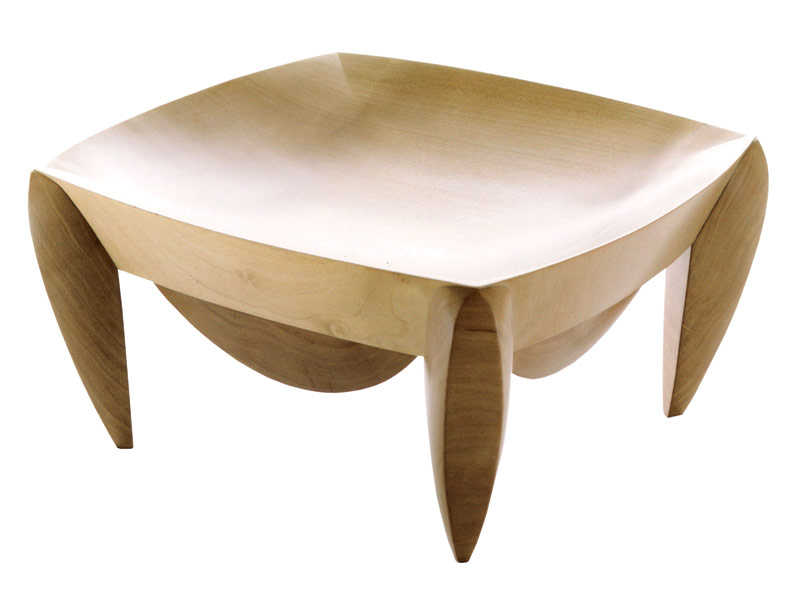
Every spring for the past five years, the Peckays have transformed their living room area into a three-day arts and crafts salon. Here, area artisans join them in presenting their photography, jewelry and paintings in a relaxed atmosphere that is attended by a growing e-mail list of people.
These days, Peckay cultivates commissions both nationally and locally. His goal: to make his work known to those who can appreciate his personal quest to go with the grain. And it’s not uncommon for a client to visit his workshop for a “sitting,” as was the case for a very dear 93-year-old customer who is only 5 feet tall.
Make an appointment to visit Peckay’s showroom: 914-945-0706.
[/av_textblock]
[/av_one_full][/av_section][av_hr class=’invisible’ height=’50’ shadow=’no-shadow’ position=’center’ custom_border=’av-border-thin’ custom_width=’50px’ custom_border_color=” custom_margin_top=’30px’ custom_margin_bottom=’30px’ icon_select=’yes’ custom_icon_color=” icon=’ue808′ font=’entypo-fontello’]
[av_one_fifth first min_height=” vertical_alignment=” space=” custom_margin=” margin=’0px’ padding=’0px’ border=” border_color=” radius=’0px’ background_color=” src=” background_position=’top left’ background_repeat=’no-repeat’][/av_one_fifth]
[av_four_fifth min_height=” vertical_alignment=” space=” custom_margin=” margin=’0px’ padding=’0px’ border=” border_color=” radius=’0px’ background_color=” src=” background_position=’top left’ background_repeat=’no-repeat’]
[av_sidebar widget_area=’SCM – 728×90 – footer’]
[/av_four_fifth]


